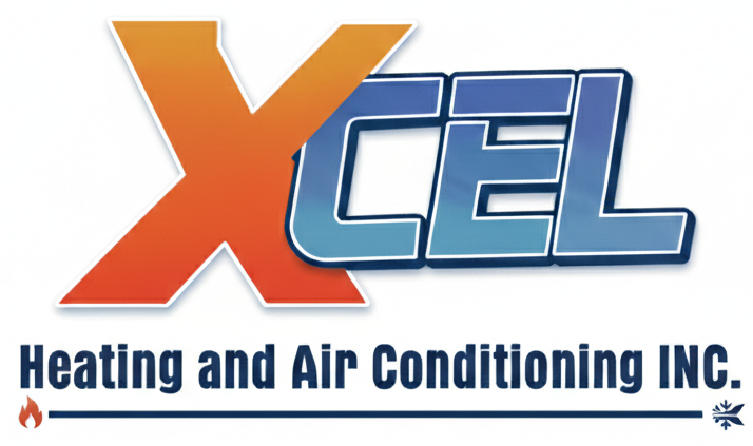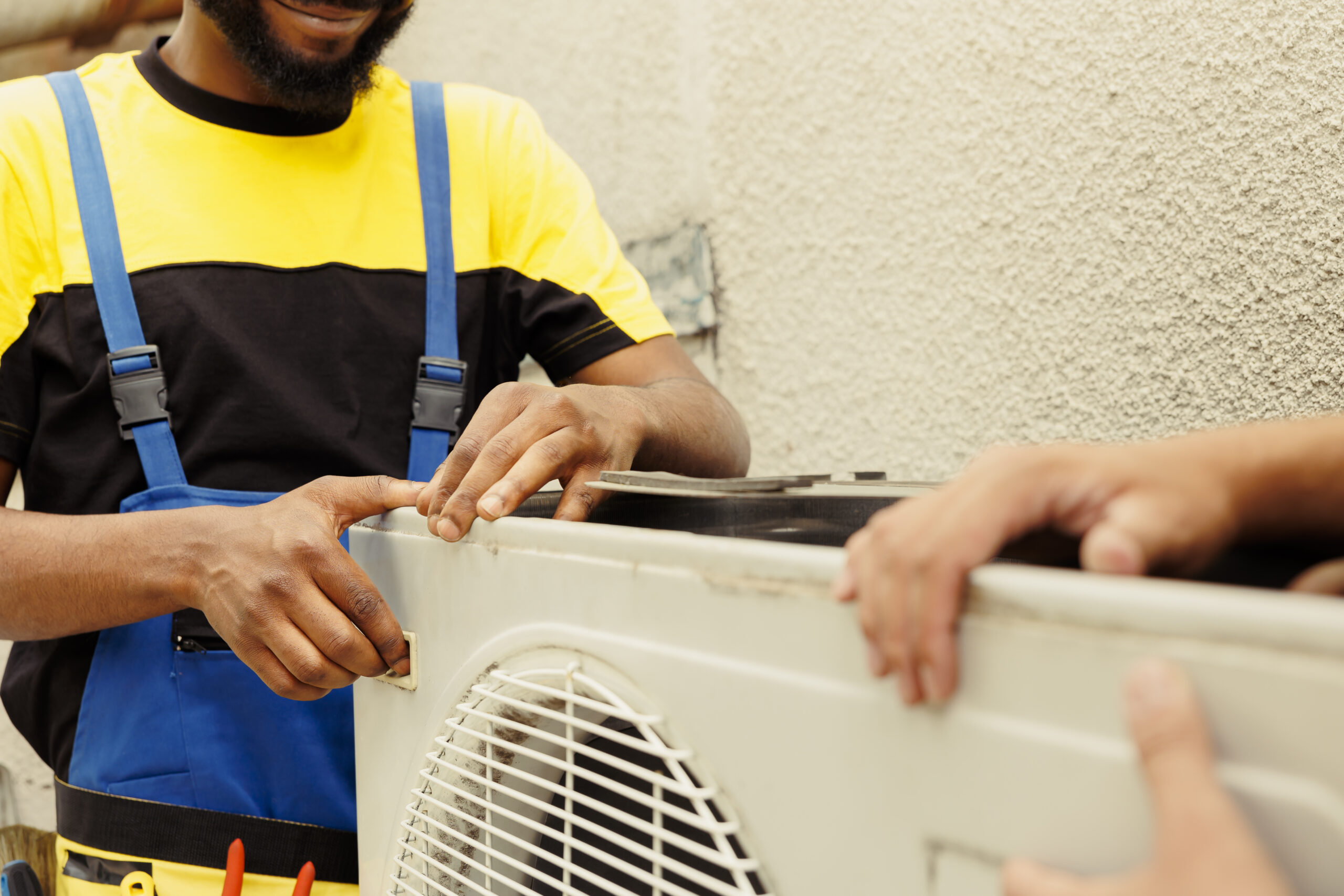Mini Split vs. Heat Pump: Choosing Your Low Carbon Air Source Heating System
When homeowners look to upgrade their comfort systems, two energy-efficient stars stand out — the mini split vs heat pump. Both promise year-round comfort, lower energy bills, and a smaller carbon footprint. But how do you know which one fits your home best? This guide breaks down how each air source heat pump system works, their differences, and how they contribute to a low carbon heating system for your home.
Why Homeowners Are Switching to Low Carbon Heating
Across California, families are moving away from fossil fuels toward cleaner, electric alternatives. The low carbon heating system movement isn’t just about sustainability — it’s about comfort that adapts to our climate. Traditional gas furnaces create direct emissions, while air source heat pumps and mini splits transfer heat instead of burning fuel.
In the Bay Area’s mild winters, that means efficient warmth without the carbon cost. Whether you choose a mini split vs heat pump, you’re investing in quieter operation, steadier indoor temperatures, and lower monthly energy bills.
Understanding the Basics: Mini Split vs Heat Pump
Let’s start by defining what each system actually is.
-
- Mini Split System – Also called ductless heat pumps, these systems use small indoor air handlers connected to an outdoor compressor. Each zone can be controlled independently — perfect for homes without ductwork or where certain rooms need extra comfort.
-
- Air Source Heat Pump (Traditional) – This system connects to a central duct network, providing heating and cooling throughout the home. It’s ideal for full-home coverage with a single thermostat.
In simple terms, both are air source heat pump systems — they just deliver air differently.
Comparing Comfort and Design
When comparing mini split vs heat pump, the main difference lies in distribution and flexibility.
Mini Split Advantages:
-
- Perfect for older homes without existing ducts.
-
- Zoning allows personalized comfort — different temps in each room.
-
- High efficiency, since no energy is lost through ducts.
-
- Quiet operation, ideal for bedrooms or offices.
Heat Pump Advantages:
-
- Even, whole-home comfort using your existing ductwork.
-
- Cleaner look — no visible indoor units.
-
- Works seamlessly with smart thermostats.
-
- Easier transition for homeowners upgrading from central HVAC.
So, if you value room-by-room control, a mini split system might fit better. For unified comfort across your home, a central air source heat pump is often the smarter pick.
[Contact Us for A Consultation]
The Carbon Footprint Factor
Both systems are electric, but they play an important role in building a low carbon heating system. Because they move heat instead of creating it, they can be up to 300% more efficient than fossil-fuel systems.
In other words, for every unit of electricity used, they deliver up to three units of heat energy. Pair either option with renewable electricity, and your home can achieve nearly zero-carbon heating.
California’s incentive programs — like electrification rebates and federal tax credits — also make switching to an air-to-water heat pump or ductless system more affordable than ever.
Installation and Home Fit
Mini Splits:
These are ideal for homes without ducts, additions, or spaces with uneven temperatures. Installation involves mounting small indoor units on walls or ceilings and running refrigerant lines to an outdoor condenser.
Heat Pumps:
Perfect for homes with existing ductwork that’s in good shape. Installers replace your old furnace and AC with a combined heating-and-cooling unit powered by electricity.
Both require professional installation for efficiency and reliability — improper setup can reduce output and lifespan. That’s why finding an experienced installer familiar with low carbon heating systems is key.
Cost and Efficiency Over Time
Initial installation for both systems varies based on home size, design, and brand. Generally:
-
- Mini split systems cost more per zone but save energy through precision control.
-
- Air source heat pumps cost more upfront than furnaces but replace both heating and cooling systems, offering year-round savings.
Over time, both deliver substantial energy efficiency. In mild Bay Area winters, the mini split vs heat pump debate often comes down to comfort preferences rather than operating costs.
Air-to-Water Heat Pumps: The Quiet Challenger
While less common, the air-to-water heat pump is gaining attention for its ability to provide both heating and domestic hot water. Instead of blowing warm air, it circulates heated water through radiators or underfloor systems.
Benefits include:
-
- Higher efficiency for radiant homes.
-
- Stable comfort without blowing air.
-
- Compatibility with solar-powered water systems.
This type of air source heat pump is especially popular in sustainable building designs and modern remodels.
[Learn More About Our Services]
Maintenance and Longevity
Both systems are low-maintenance, especially compared to gas furnaces. Basic upkeep includes:
-
- Cleaning or replacing filters monthly.
-
- Keeping outdoor units clear of leaves and debris.
-
- Annual tune-ups to check refrigerant and coil health.
With care, mini split vs heat pump systems can last 15–20 years or more. That longevity makes them an ideal investment for energy-conscious homeowners.
FAQs: Mini Split vs Heat Pump
Which is more efficient — a mini split or a heat pump?
Both are highly efficient, but mini splits often edge ahead due to zero duct losses.
Can either system replace my furnace and AC?
Yes, both can handle heating and cooling year-round, making them full replacements for traditional systems.
Are mini splits loud?
Not at all. Indoor units are whisper-quiet, often under 30 decibels.
Do I need separate units for each room?
For zoning, yes — one indoor unit per space gives you full temperature control.
Are rebates available?
Yes. Many Bay Area homeowners qualify for state and federal rebates when installing low carbon heating systems or air-to-water heat pumps.
Breathing Cleaner, Living Better
Choosing between a mini split vs heat pump isn’t just about heating — it’s about shaping how your home feels every day. Both systems deliver comfort, efficiency, and the peace of mind that comes with lower emissions.

Or call +1 (925) 433-6400 or email info@xcelhvac.net — our experts can help you design the right air source heat pump system for your home.



